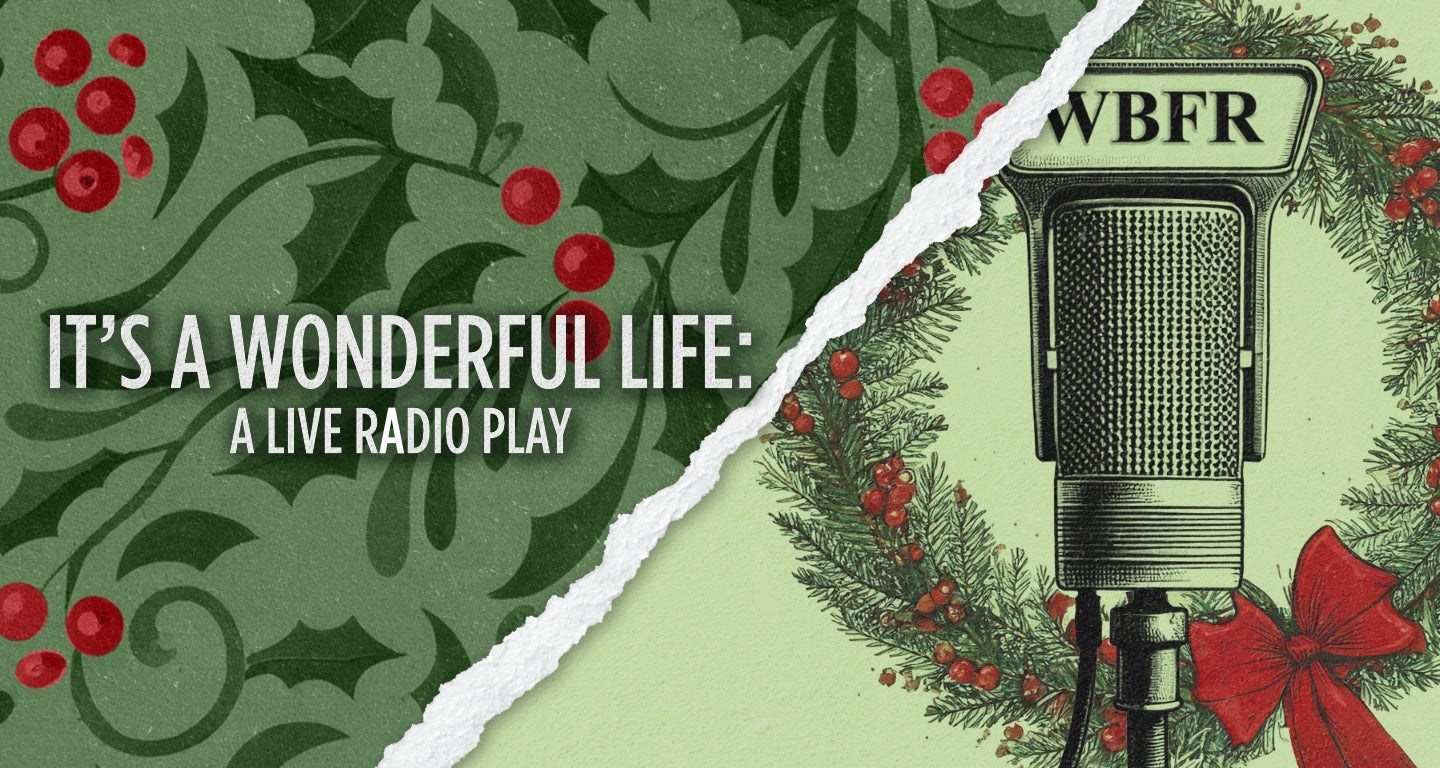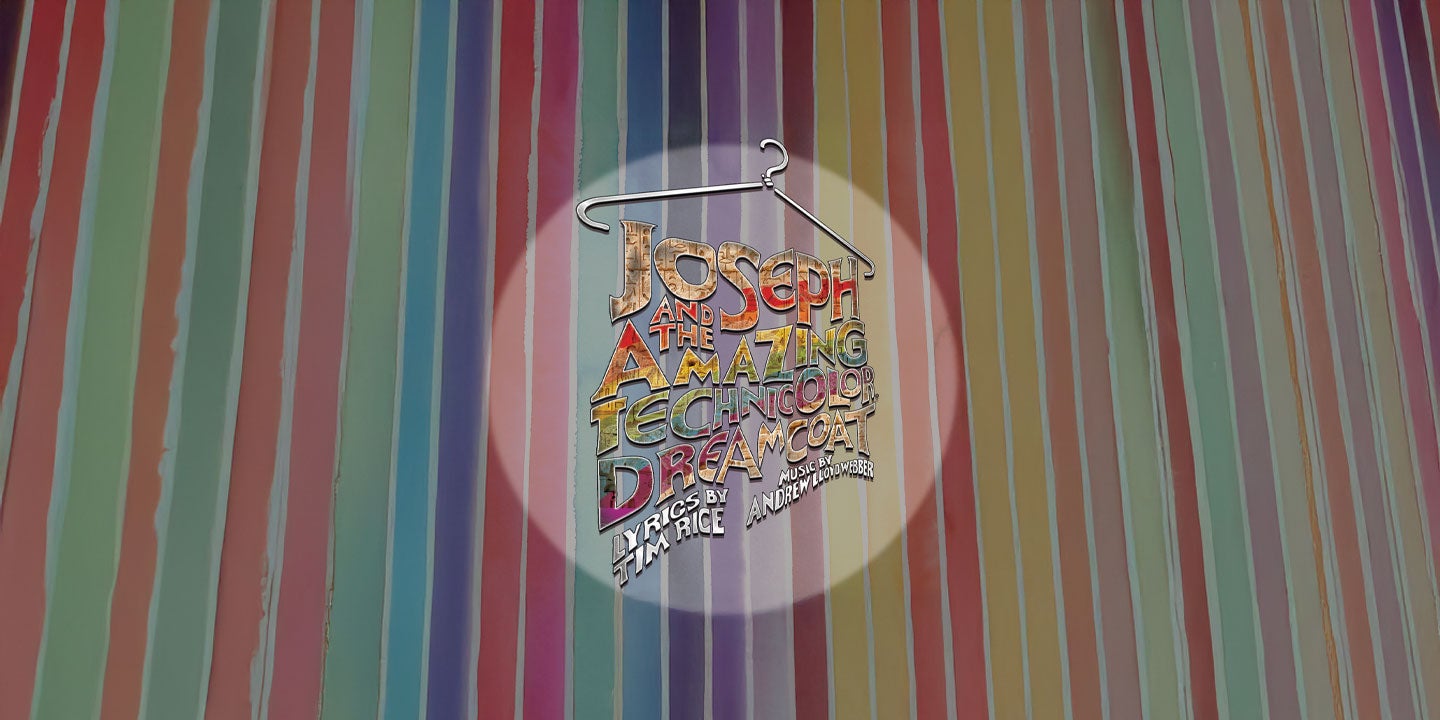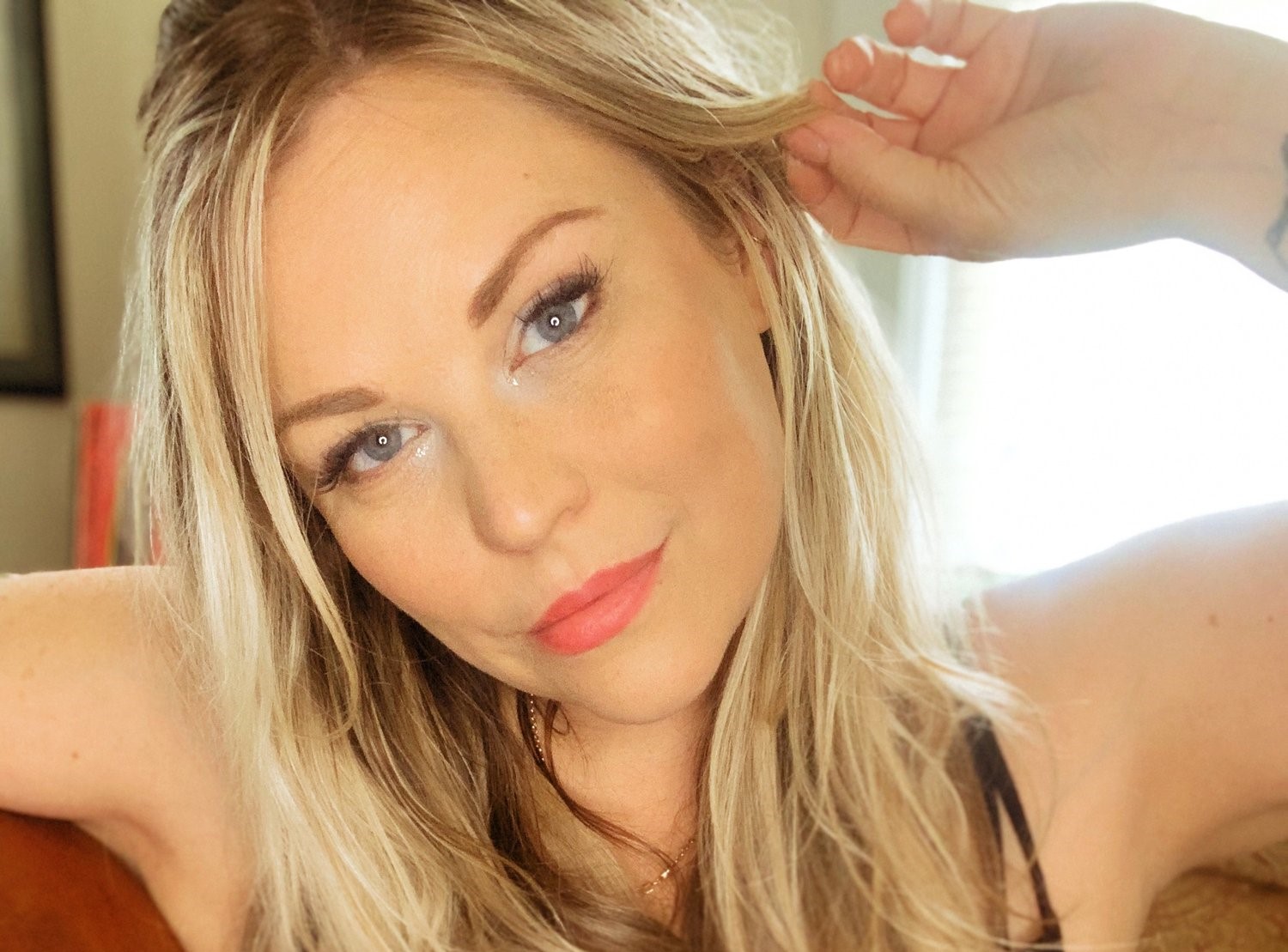By Ilene Dube, JerseyArts.com
originally published: 12/12/2024

One of the many seductive things about exhibitions like the New Jersey Arts Annual, on view at the Montclair Art Museum through January 5, 2025, is the glimpse it offers into Garden State lives. The painting that got me started on the map here was Janice Belove's "Road Trip."
The perspective is from the back seat of a car. A young male driver in a purple T-shirt and sunglasses is seen in profile, with a sliver of the top of his head reflected in the rearview mirror. In the passenger seat is a similarly aged young man – his brother or companion? We want to know more about this family, driving along a rural road with a red barn in the distance. Alongside the artist – of whom we see only a knee, a hand, and the iPad on which she is drawing this very scene – are two additional knees and a sun hat. There are colorful water bottles in the console and in a blue canvas sack.
The painting was completed in 2022 – we might deduce that this was a precious road trip taken just as the passengers were emerging from the pandemic lockdown.
Belove. Road Trip.
Belove, who has had a long teaching career, likes to paint from observing her world – anything from the musicians in her household to eggs and the light coming through a studio door. “I like to find visual humor in situations and draw on contemporary themes,” she writes. “The compositions are often suggested to me by the particular randomness of a situation: a permanent recording of a transitory moment.”
Other works in her oeuvre include scenes from a cabin on Abrams Pond in Maine – so perhaps this road trip is heading to Maine. Viewing the artist’s Instagram feed, one can see a painting in which “Road Trip” hangs from her studio wall. Art imitates life, but also becomes a part of life.
Bette Blank is another artist who takes us inside the lives of Garden Staters, inside their refrigerators where we see Hellman’s mayonnaise, inside a medicine cabinet where we see bottles of pills, and inside a tiled shower where we see “Three Graces” bathing, underneath a row of decorative swans.
At the MAM show, we get a ringside seat to her living room. There is so much detail, it’s almost like playing “Where’s Waldo.” There’s a unicorn hanging from the wall whose red-and-white striped horn is indeed evocative of Waldo. There’s a painting of a foot with toenails painted a bright red, and a baby in a birdcage on a pedestal. Martini glasses neatly stacked in a glass-enclosed cabinet between the mullions are reminiscent of Blank’s painting of a twin-turreted New York apartment building at dusk, in which we can see the likes of Einstein, Queen Elizabeth, and Waldo inside the windows.
“I paint to tell a story, to capture a feeling, to have you see the world through my eyes,” says Blank in an artist statement. “I use pattern, color, distortion, and humor to convey my vision in oil, egg tempera, watercolor and assemblage. From everyday snapshots of my life, I explore common experiences of visiting a nail salon, a doctor's office, and a laundromat. The common thread weaving together my body of work is personal and consequently, human experience.”
It's no surprise that the quality of the artwork is superlative. The jury (Philemona Williamson, Kimberly Callas, and Todd Caissie; coordinated by MAM Chief Curator Gail Stavitsky) winnowed more than 1,000 submissions to 63 works, all created since 2022 that explore themes of family, community, and belonging, in relation to identity, diversity and inclusion. “The works embody exceptional craftsmanship and inspire creativity,” according to the museum statement.
Graupe Pillard. Cityscape Upheaval.
Grace Graupe Pillard is another of the state’s finest artists. The daughter of a dressmaker and an architect who is a painter, educator and writer and is interested in political, social, and feminist issues, has created many large-scale lifelike portraits of the interesting people she encounters. Here we see a 70-inch tall portrait of James Oliver Jones – every fold of his flesh, every hair in his beard, mustache and sideburns, and his world-weary eyes take on a persona. His finely articulated tropical-printed shirt and purple hat also convey his colorful personality.
“In the 1980s, I would walk along the streets of Manhattan with my Pentax camera and approach people as possible subjects for my artwork,” recounts Pillard. “They usually had a presence that I wanted to capture in my drawings. One day in 1986, I saw this wild-looking man in the East Village and I loved his facial structure -- he also had this attitude that intrigued me.”
She stopped the stranger and requested his permission to make some reference photos. He consented. She exhibited that drawing at the Hal Bromm Gallery in 1987. Nearly 40 years later his name popped up on her social media feed. “So I went to his page and was excited to see it was the same person.”
She again asked if he would be willing to be painted. “After all these years, I was still fascinated by his powerful persona -- his eyes conveyed the vicissitudes of time passing by, and his lively spirit was evident in the beautiful shirt that he wore, patterned with light and color. I loved painting his face which was now imprinted with the history of a life well-lived.”
Hanauer. Upcycle.
Of course, there’s much more than painting here. Ellen Hanauer’s “Upcycle” is a sort of family portrait – a men’s suit, a dress, a child’s overalls, made from upcycled fiber and antique spindles connected by a mass of threads; Marion Held’s “Fragile Armor,” part of her Dress Project in which anatomical images are drawn on sheer fabric that move with air currents, catching light in unexpected ways; Frank Ippolito’s translucid image of a family that appears trapped behind a veil; Kate Dodd’s “Parental Poncho,” made from her parents’ CAT scans.
There’s so much interesting work that demands to be seen. In difficult times, it’s enlightening to see how artists interpret the world.
Sponsored by the New Jersey State Council on the Arts, the 2024 Arts Annual theme of "Exploring our Connections" looks at family, community, and belonging in relation to diversity and inclusion.
Indeed one of the many strengths of the Garden State is its ethnic diversity and significant number of people who come from countries such as Ecuador, Mexico, India, Pakistan, Taiwan, China, Guatemala, and more. Parvathi Kumar’s photo, "Family Unit," photographed in the shade of an overhang on a street in Oaxaca, shows a family of four – a young girl in a beribboned tutu, facing away, as if awaiting a bus; a man in a green silk robe with a horned mask; a young child in a felt fedora carrying a pink plastic pumpkin; and a woman under a pink parasol costumed as a Raggedy Ann. The artist calls herself “a flaneuse, wandering and observing in various locations to creatively capture our collective journey through life.
“Street photography is my lifestyle, my healthy habit, my practice in Presence, a healing,” Kumar continues. “Through this genre, I learn to accept and appreciate every moment in life itself.”
Montclair Art Museum is located at 3 South Mountain Avenue in Montclair, New Jersey.
About the author: Driven by her love of the arts, and how it can make us better human beings, Ilene Dube has written for JerseyArts, Hyperallergic, WHYY Philadelphia, Sculpture Magazine, Princeton Magazine, U.S. 1, Huffington Post, the Princeton Packet, and many others. She has produced short documentaries on the arts of central New Jersey, as well as segments for State of the Arts, and has curated exhibitions at the Trenton City Museum at Ellarslie and Morven Museum in Princeton, among others. Her own artwork has garnered awards in regional exhibitions and her short stories have appeared in dozens of literary journals. A life-long practitioner of plant-based eating, she can be found stocking up on fresh veggies at the West Windsor Farmers Market.
Content provided by
Discover Jersey Arts, a project of the ArtPride New Jersey Foundation and New Jersey State Council on the Arts.
FEATURED EVENTS
To narrow results by date range, categories,
or region of New Jersey
click here for our advanced search.















